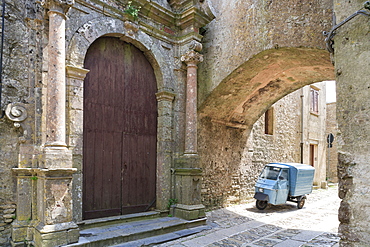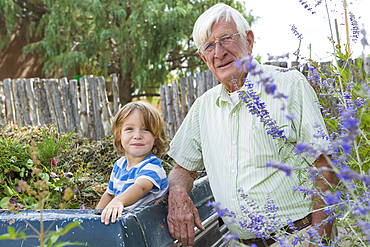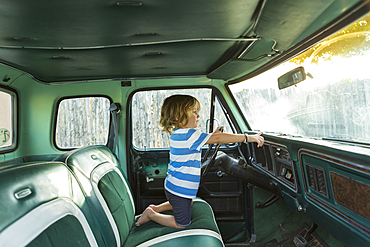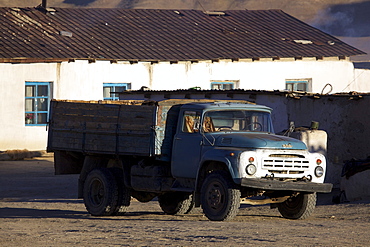Results
2 results found

Hardest hit was a 650 kilometers stretch of the somali coastline between garacad (mudung region) and xaafuun (bari region), which forms part of the puntland province near the horn of africa. The tsunami resulted in the death of some 300 people and extensive destruction of shelters, houses and water sources as well as fishing gear. The livelihoods of many people residing in towns and small villages along the somali indian ocean coastline, particularly in the northern regions, were devastated
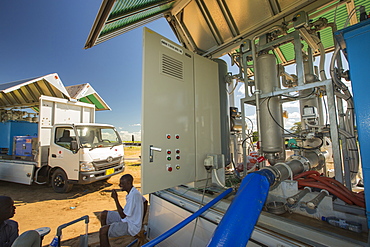
In mid January 2015, a three day period of excessive rain brought unprecedented floods to the small poor African country of Malawi. It displaced nearly quarter of a million people, devastated 64,000 hectares of land, and killed several hundred people. This shot shows a specialist truck that takes water straight from the river and purifies it to drinking standards, which is then used in the many flood refugee camps in the Shire valley.

Aerial photo, motorway bridge, traffic jam, Kamen, Ruhr Area, North Rhine-Westphalia, Germany, Europe
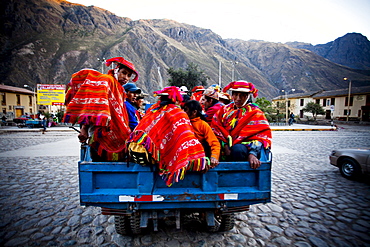
OLLANTAYTAMBO, SACRED VALLEY, PERU. A group of men dressed in traditional clothing in the back of a pickup truck in a small town.

Cuban boxer, Rafael Perez, trains on equipment he constructed from discarded tractor and truck parts, in his home made gym in the yard of his small ramshackle house in Vinales, Cuba.
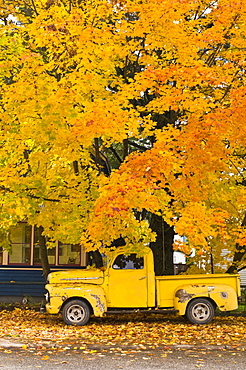
Revelstoke, B.C. - October 21: An old, weathered yellow truck is parked on a residential street under an old, colorful maple tree on October 21, 2008 in Revelstoke, British Columbia, Canada. Revelstoke is a small mountain town, which in recent years has seen substantial growth as ski destination with the opening of new ski hill that has the largest vertical drop in North America along with an abundance of snow. (Photo By Dan Rafla/Aurora), Canada

Thanksgiving plaques on a shrine at the Difunta Correa Sanctuary, Vallecito, San Juan, Argentina. La Difunta Correa is the most popular of Argentina's folk saints. She was a woman whose husband was forcibly recruited around the year 1840, during the Argentine civil wars. Becoming sick, he was then abandoned by partisans. In an attempt to reach her sick husband, Deolinda took her baby and followed the tracks of the partisans through the desert of San Juan Province. When her supplies ran out, she died. Her body was found days later by gauchos, however they found the baby still alive, feeding from the deceased woman's miraculously ever-full breast. Once the folk tale became known, her devout followers believe her to perform miracles and intercede for the living. Cattle keepers and truck drivers create small altars throughout Argentina and leave bottles of water as votive offerings.

Thanksgiving plaques on a shrine at the Difunta Correa Sanctuary, Vallecito, San Juan, Argentina. La Difunta Correa is the most popular of Argentina's folk saints. She was a woman whose husband was forcibly recruited around the year 1840, during the Argentine civil wars. Becoming sick, he was then abandoned by partisans. In an attempt to reach her sick husband, Deolinda took her baby and followed the tracks of the partisans through the desert of San Juan Province. When her supplies ran out, she died. Her body was found days later by gauchos, however they found the baby still alive, feeding from the deceased woman's miraculously ever-full breast. Once the folk tale became known, her devout followers believe her to perform miracles and intercede for the living. Cattle keepers and truck drivers create small altars throughout Argentina and leave bottles of water as votive offerings.

